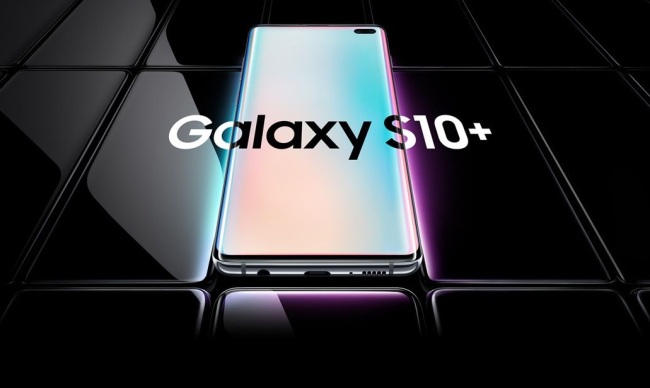Samsung
Samsung Galaxy S10 off to bumpy start by selling 140,000
Tech giant Samsung Electronics’ Galaxy S10 lineup marked weaker sales than its predecessors, including the Galaxy S9, according to news reports on March 5.
The three variants of the S10, which have been available from March 4 for preorders, attracted 140,000 new subscribers on the first day.
 |
The figure is smaller than the 180,000 recorded by the Galaxy S9 duo a year ago while Galaxy Note 9, Samsung’s larger-sized smartphone with a digitizer, recorded 200,000 in August.
Korea’s three major mobile carriers-- SK Telecom, KT and LG Uplus -- received preorders from Feb. 25 and started shipping out the handset on March 4.
Some market watchers attributed the lower-than-expected number of subscribers for the new Samsung device to the planned launch of its 5G-powered Galaxy S10 late this month and Galaxy Fold, the company’s first foldable smartphone, in May.
“Some consumers may wait for the 5G Galaxy variant or the foldable smartphone,” said an official in the telecom industry, adding sales could increase down the road.
Some also said the disappointing first-day sales number is due to an overall downturn in the smartphone sector.
In a bid to lure more subscribers, mobile carriers are currently running a marketing scheme to exchange the 4G-based Galaxy S10 for the latest 5G Galaxy S10 when it is released.
The 10th generation of the Galaxy smartphone, first showcased on Feb. 20, is fitted with an on-screen fingerprint scanner, triple-lens camera setup on the back and a storage system expandable up to 1 terabyte via micro SD card.
Samsung said on March 6 that the figure for the S10 trio is actually 1.2 times higher than the combined sales of the S9 and S9 Plus.
“The news reports of the initial sales of the S10 is based on the wrong stats of the S9 and S10,” a Samsung spokesperson told The Investor, adding “The reported sales figure also excluded the units sold through local mobile virtual network operators.”
Samsung, however, refused to unveil the exact sales figure for the S10.
MVNOs refer to mobile carriers which do not operate their own network infrastructure, but make use of those facilities run by major network players.
By Kim Young-won (wone0102@heraldcorp.com)






![[From the Scene] Gigantic Olive Young store lures young trend-setters in Seongsu](http://res.heraldm.com/phpwas/restmb_idxmake.php?idx=151&simg=/content/image/2024/11/21/20241121050065_0.jpg)

